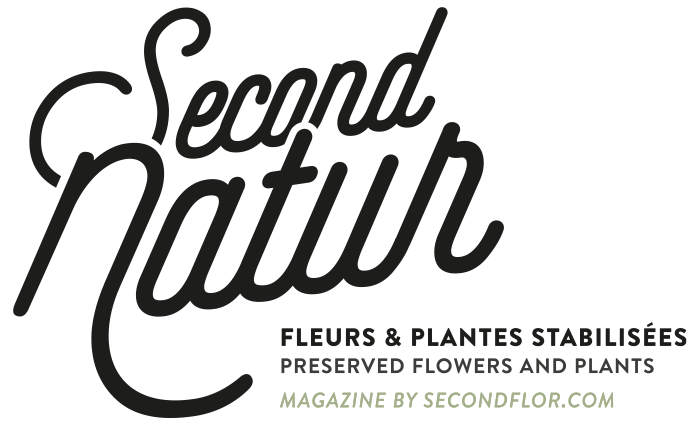Fresh flowers are beautiful, pure, and natural… This temporary pleasure is however not without consequences for the environment. Between the production, the transport and the too many losses, fresh flowers fall in disgrace of the most ecology-minded of us. Preserved flowers are selected as an alternative for ecological and economic reasons. To learn more about the eco-friendly footprint of preserved flowers and plants, read on.
Production of preserved flowers and plants.
Cut flower production requires the use of pesticides, fertilizers, and water. It may require the use of heating or artificial light. And this goes on all year round. In the case of preserved flowers, the original flower must be as clean and fresh as possible. Otherwise, the stabilisation process does not work well. It also respects the calendar of the flower and is not produced in excess all year round. In fact, the seasonality of fresh flowers is not respected in sales. Let’s take an example of the rose, which is very appreciated on Valentine’s Day. The season of the rose is in summer, whereas it is most sold in winter. This is why the ecological footprint of preserved flowers is very low compared to freshly cut flowers. To learn more, read the article on the production of preserved flowers.
The transport of fresh and preserved plants.
Most fresh flowers sold in the Occident are imported from other continents. As soon as they are cut, a countdown to the end of their life begins. These flowers have to be flown thousands of kilometres from one continent to another before being transported by refrigerated truck to a wholesaler and then stored in a florist’s cold storage facility. All this generates greenhouse gas emissions. Preserved flowers can be transported by ship, without any urgency or special conditions. In addition, there are few intermediaries: Secondflor buys the majority of its preserved plants directly from the growers, which means less transport overall. To find out more, read the article on the transport of preserved flowers and plants.
The waste of fresh and preserved flowers.
There is far less waste with preserved flowers than with fresh flowers. This is because preserved plants are non-perishable. The only losses are during the harvest and stabilisation process. This represents a very small number, 1 flower out of 10 is lost at this stage. Fresh cut flowers, on the other hand, are wasted enormously during the production, harvest, transport and unsold stages. It is estimated that only 4 out of 10 fresh flowers are sold to the final consumer. For more information, check out the article on flower waste.
The eco-friendly footprint of preserved flowers.
Finally, because of its use, preserved flowers are a natural and sustainable product. Even though its use is subject to specific conditions of use, a preserved flower can be enjoyed at least 50 times longer than a freshly cut flower. For all these reasons, it is easy to conclude that preserved flowers have a better environmental footprint than imported cut flowers.

